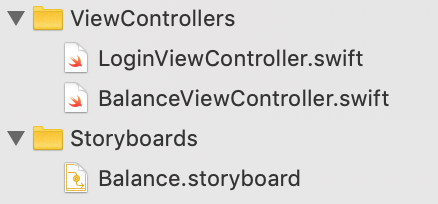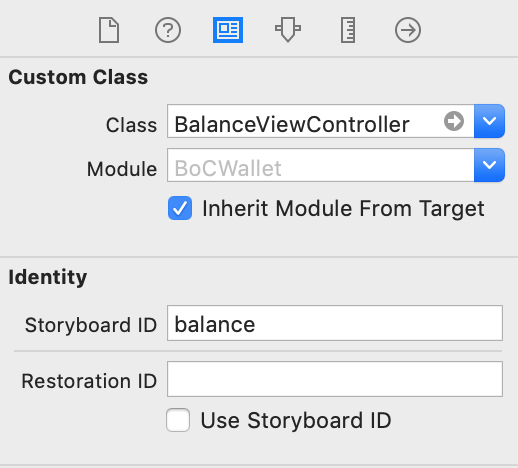SWIFT 4.x
The Strings in double quotes always confuse me, so I think answer to this question needs some graphical presentation to clear this out.
For a banking app, I have a LoginViewController and a BalanceViewController. Each have their respective screens.
The app starts and shows the Login screen. When login is successful, app opens the Balance screen.
Here is how it looks:
![enter image description here]()
![enter image description here]()
The login success is handled like this:
let storyBoard: UIStoryboard = UIStoryboard(name: "Balance", bundle: nil)
let balanceViewController = storyBoard.instantiateViewController(withIdentifier: "balance") as! BalanceViewController
self.present(balanceViewController, animated: true, completion: nil)
As you can see, the storyboard ID 'balance' in small letters is what goes in the second line of the code, and this is the ID which is defined in the storyboard settings, as in the attached screenshot.
The term 'Balance' with capital 'B' is the name of the storyboard file, which is used in the first line of the code.
We know that using hard coded Strings in code is a very bad practice, but somehow in iOS development it has become a common practice, and Xcode doesn't even warn about them.


